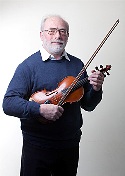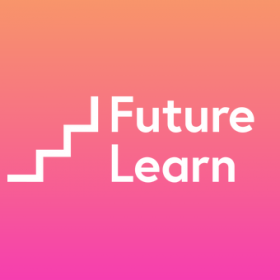 Wednesday, 7th May 2014 – “Time” – by Philip Pendred, who talked to us last year about Comets. This time, his talk concerned the way time was measured with particular regard to Astronomy (Solar time etc.); sundials; the equation of time and its derivation; the importance of timekeeping with reference to finding longitude; precession of the Equinoxes and the calendar and its adjustments.
Wednesday, 7th May 2014 – “Time” – by Philip Pendred, who talked to us last year about Comets. This time, his talk concerned the way time was measured with particular regard to Astronomy (Solar time etc.); sundials; the equation of time and its derivation; the importance of timekeeping with reference to finding longitude; precession of the Equinoxes and the calendar and its adjustments.
I can give no better summary of the talk than to print this poem by Judy Ingman:
Measuring Time
Philip Pendred’s lecture was enthralling, as we were all to find
As we learned from the early Ancients the ways to measure TIME
And all about the water buckets, a device that’s called Clepsydra
Where servants counted buckets filled, a job of much fastidiar!
Time measurement throughout the ages, relied on the movements of the Sun
Candle clocks, sundials, and hourglasses, before the pendulum
Then we proceed through huge machines, until we come eventually
To atomic clocks measuring increments in our last twentieth century.
The question, what’s a SECOND? is answered, equal to tick, tocks
And thereby do we come to our watches and all our many clocks!
For accuracy we must measure the elliptical orbit of Earths’ way
With equinoxes and solstices, to determine a Solar day.
Well, the maths and its minutiae leave one gobsmacked to the core
And I don’t know if I can honestly claim to understand much more!
Except to say, to traverse the Sun, days number, three six five and a quarter
So that’s where Leap Year comes on in and rounds off the maths like it oughta!
But thank you Mr. Pendred for talking of Time and how it’s been measured
For it was an afternoon that informed us all, and one that will be treasured.
Thank you Judy.
